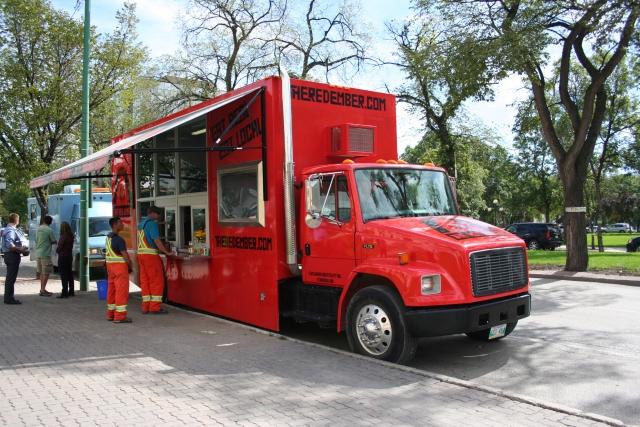
May 1, 2017
A proposed fire prevention bylaw in Winnipeg would include mandatory fire safety inspection standards for food-trucks and illegal rooming houses, prohibit the use of sky lanterns and allow fees to be charged for new fire safety inspections. It would also allow fire safety inspectors to install smoke alarms in facilities where none exist and replace faulty alarms where landlords cannot be reached or will not install the units themselves.
- Click here to read more.
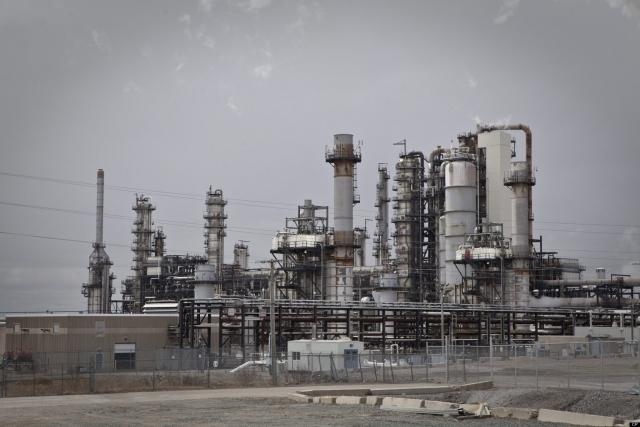
May 1, 2017
Saint John’s industrial area is home to Canada’s largest oil refinery, a LNG terminal, natural gas pipelines and rail lines that carry a variety of industrial cargo. Fire Chief Kevin Clifford wants to use a new approach to emergency response plans that would have the fire department taking on a larger role.
- Click here to read more.
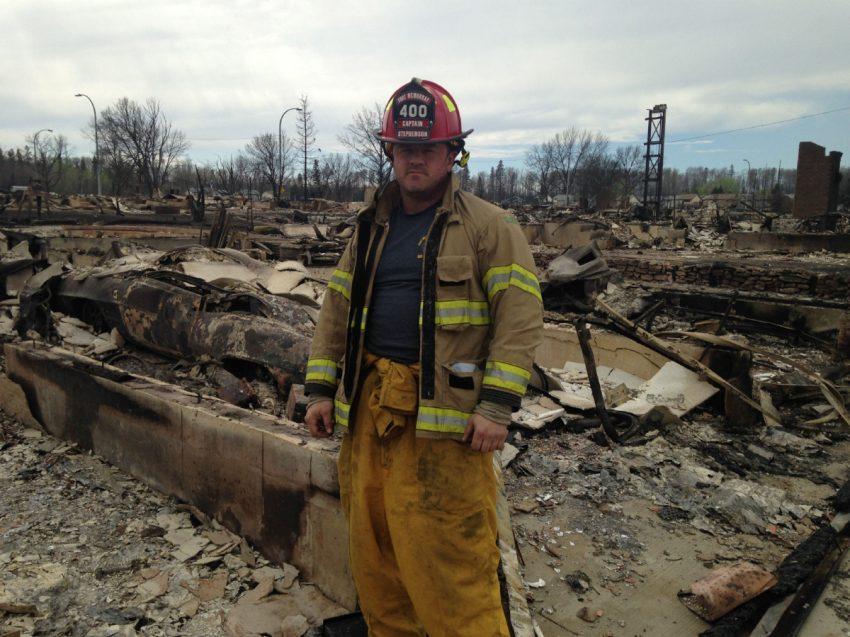
May 1, 2017
A University of Alberta study that surveyed 355 firefighters involved in battling the Fort McMurray fire found one in five suffering respiratory problems and one in six experiencing mental health issues. Researchers hope to find out which factors caused long term health problems and how those factors can be mitigated in future fires.
- Click here to read more.
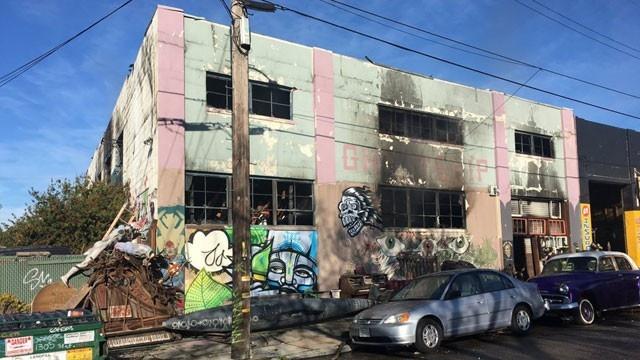
May 1, 2017
Staff at Oakland’s Fire Prevention Bureau, whose job it is to annually inspect all commercial buildings and some residential properties in the city, are using an older database that is not user-friendly. Problems with the system may have contributed to lapses in inspections of dangerous buildings.
- Click here to read more.
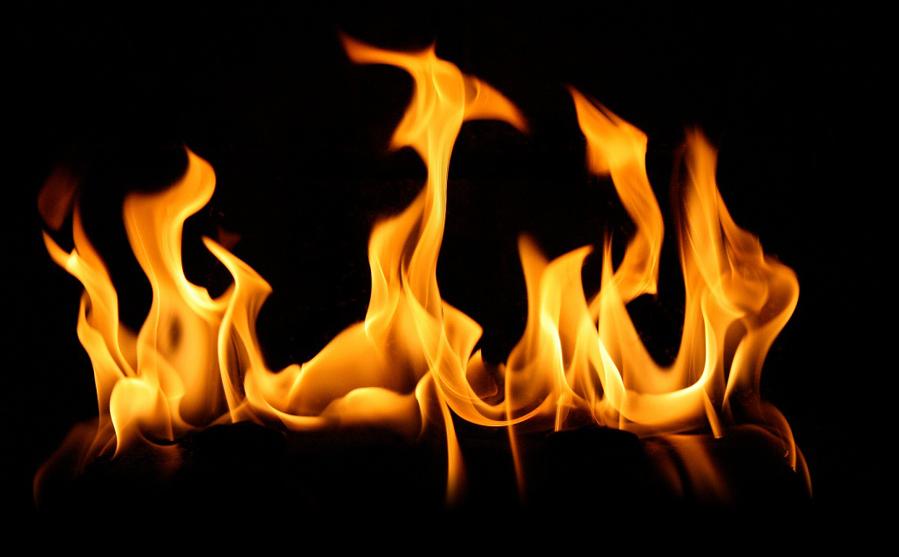
May 1, 2017
A bill, the Rea and Walter Act, which would make it mandatory for all lightweight constructed buildings to be identified as such has passed second reading in the Ontario Legislature. The bill is named after two firefighters who lost their lives while fighting a fire in a building with a roof made with lightweight construction material.
- Click here to read more.
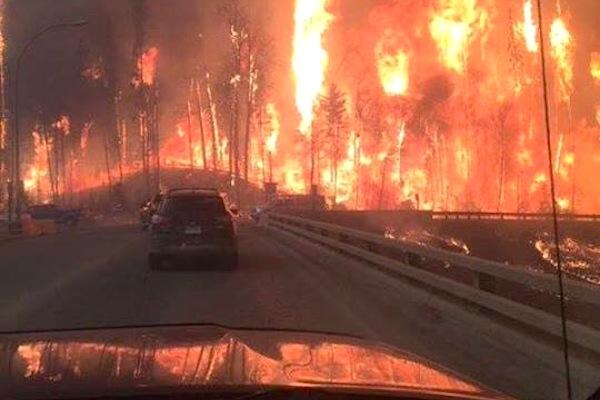
May 1, 2017
Since early 2016 a group of scientists from the Canadian Forest Service and colleagues from the Canadian provinces, the United States and Mexico have been working on a two-year plan to map the probability of wildires in most of the permanent settlements in Canada’s boreal forest.
- Click here to read more.
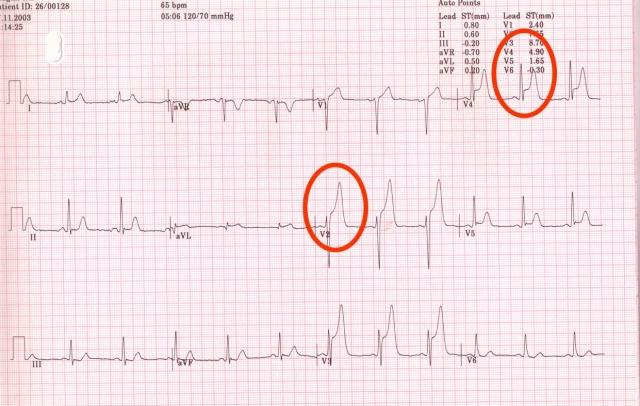
May 1, 2017
A study conducted by researchers at the University of Edinburgh found firefighters exposed to extremely high heat experienced elevated core body temperatures for up to four hours after exposure and their blood became “stickier” and more likely to form clots.
- Click here to read more.
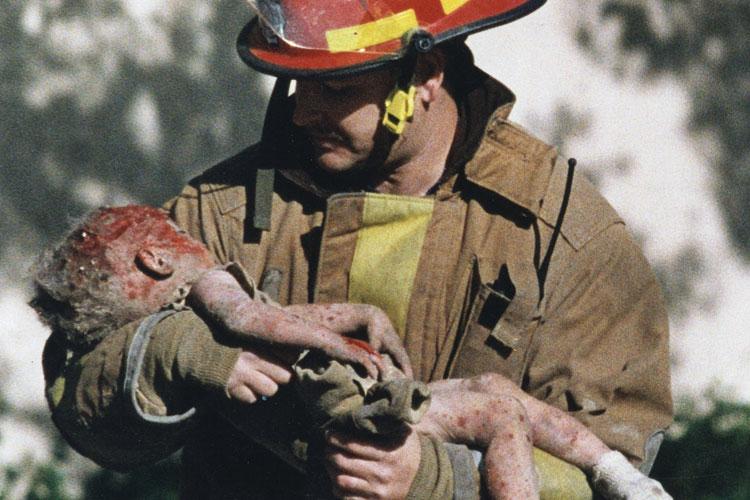
Apr 3, 2017
On April 19, 1995 domestic terrorists carried out a truck bombing of the Alfred P. Murrah Federal Building in downtown Oklahoma City. The explosion killed 168, including 19 babies and children, injured more than 680 and destroyed or damaged 324 other buildings within a 16 block radius.
- Click here to read more.
Apr 3, 2017
The Canadian Association of Fire Chiefs says most Canadian homeowners don’t have to have CO detectors in their homes. Only homes built in 2010 or later require the lifesaving devices.
- Click here to read more.

Apr 3, 2017
The Hamilton Spectator’s Code Red Project has highlighted the connections between socioeconomic factors and fires. Fires in Hamilton happen more frequently and are more likely to be deadly in the poorest parts of the city.
- Click here to read more.








